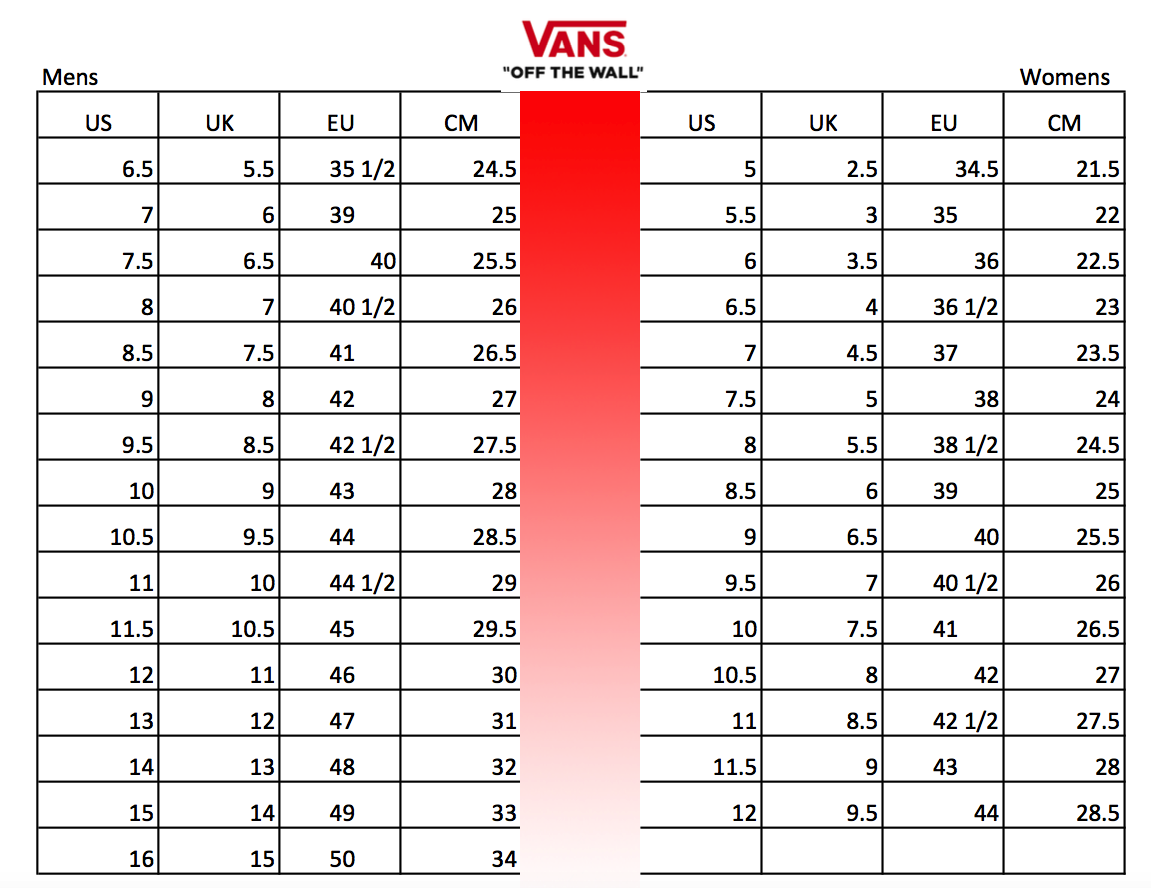5 Tips Weld Boots

Welding boots are a crucial piece of personal protective equipment (PPE) for anyone working with welding torches, cutting torches, or in environments where sparks and hot metals are present. These boots are designed to protect the feet from burns, cuts, and other injuries that can occur in welding and metalworking environments. Here are five tips to consider when selecting and using weld boots:
1. Choose the Right Material
Weld boots are typically made from leather, which provides excellent protection against heat, sparks, and flames. However, not all leathers are created equal. Look for boots made from full-grain leather or high-quality synthetic materials that are specifically designed for welding and metalworking. These materials offer superior durability and protection. Additionally, consider boots with a waterproof membrane to keep your feet dry in wet conditions, which can be especially important in outdoor or high-humidity work environments.
2. Consider the Sole and Tread
The sole of a weld boot is crucial for protection and traction. A good weld boot should have a sole that is heat-resistant and provides excellent grip on various surfaces to prevent slipping on oily or wet floors. The tread pattern should be deep enough to provide traction but not so deep that it collects debris, which could potentially ignite. Some boots also feature slip-resistant soles that are designed to grip well on smooth surfaces, reducing the risk of falls.
3. Insulation and Comfort
While protection is the primary concern, comfort should not be overlooked. Welding often involves standing for long periods and working in hot environments. Look for boots with good insulation to keep your feet cool in the summer and warm in the winter. Additionally, consider the insole and lining; breathable materials can help keep feet dry and comfortable. Cushioning in the insole can also reduce fatigue. Some weld boots come with removable insoles, which can be helpful for cleaning and drying.
4. Safety Features
Beyond the basic protection of the boot itself, there are several safety features to look for: - Toe Protection: A steel or composite toe cap can protect against heavy objects falling on the feet. - Metatarsal Guard: For additional protection, some boots come with a metatarsal guard, which protects the upper part of the foot from impact. - Electrical Hazard Protection: If you work in environments where electrical hazards are present, look for boots that are certified to protect against electrical shock. - Ankle Support: High-cut boots provide better ankle support, which can be beneficial in preventing twists and sprains.
5. Maintenance and Care
To extend the life of your weld boots and ensure they continue to provide the best protection, regular maintenance is necessary: - Cleanliness: Regularly clean your boots to remove dirt, grime, and any chemical substances they may have been exposed to. - Conditioning: For leather boots, apply a leather conditioner periodically to keep the leather soft and supple, improving its durability and water resistance. - Inspection: Before each use, inspect your boots for any signs of damage, such as cracks in the sole or holes in the leather. Damaged boots should be replaced to ensure ongoing protection.
By following these tips, you can select weld boots that not only protect your feet from the hazards of welding and metalworking but also provide comfort and support throughout your workday. Remember, safety should always be the top priority when working with potentially dangerous equipment and materials.


